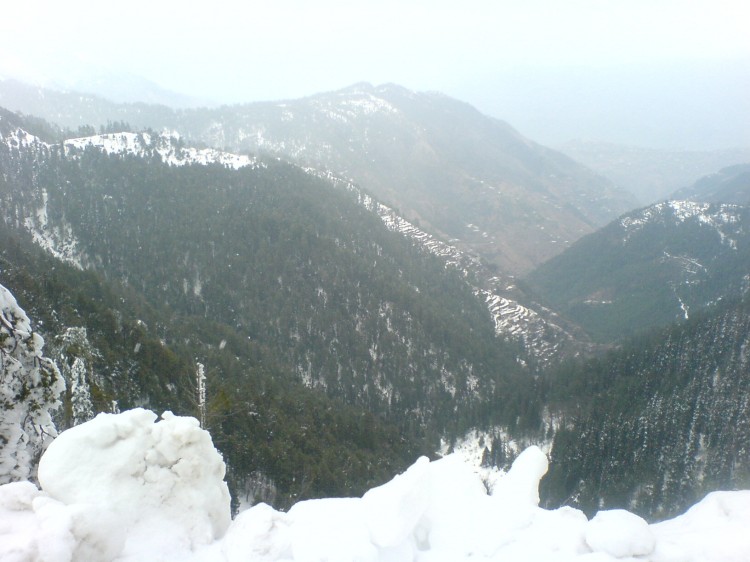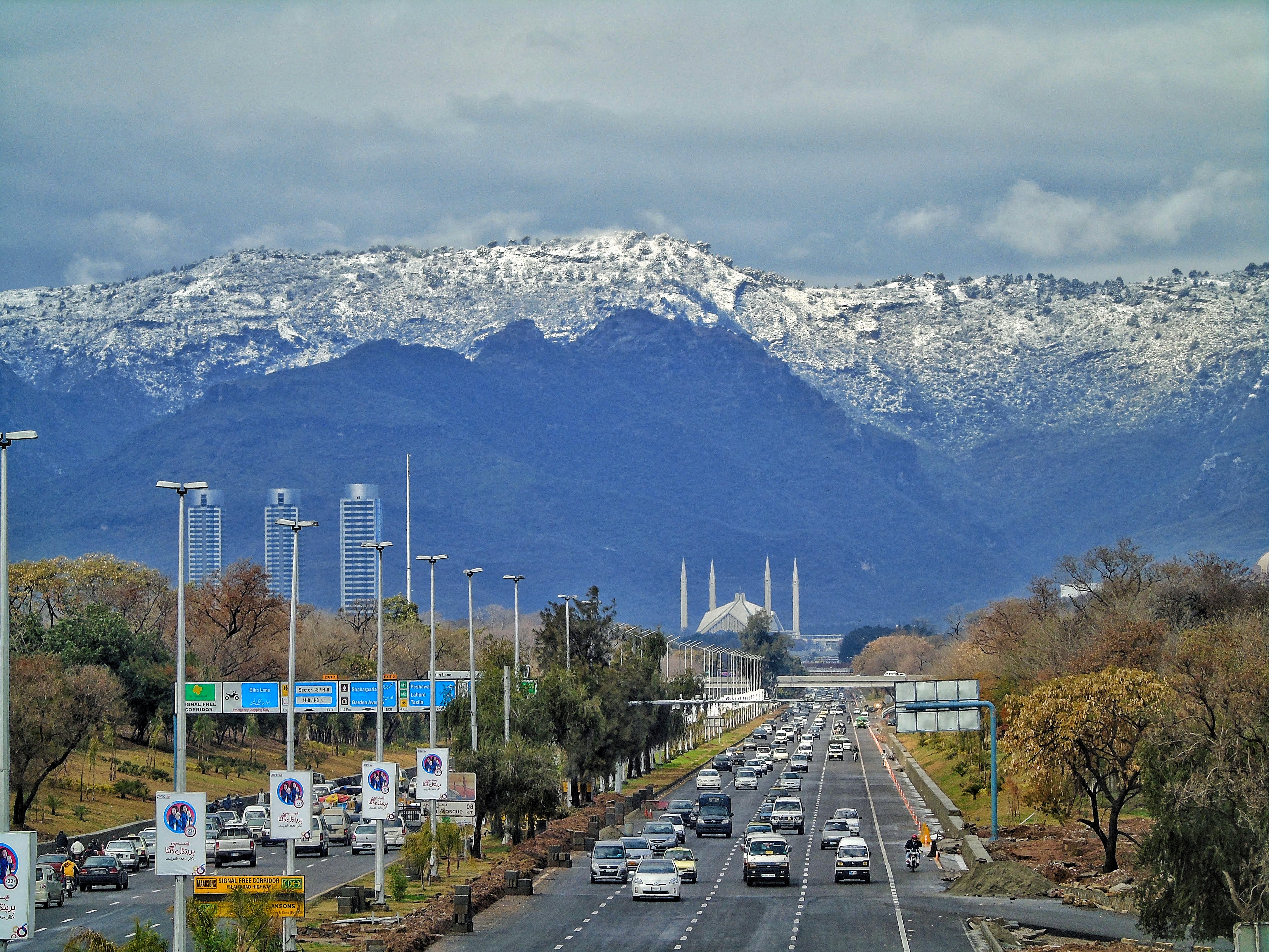|
Ghari Afghanan
Garhi Afghanan is a village (union council Garhi Afghanan) of Taxilla tehsil in Rawalpindi District. It is situated beside Wah Cantt, about 33 km northwest of Islamabad. Its area is about 1.4 square kilometres. It has a population of about 11,000. History In the 18th century, during the leadership of Taj Muhammad Khan, Afghans migrated there. The settlement expanded and was named Garhi Afghanan. Culture Originally, Afghan dress was common but most locals now dress in shalwar kameez, however, signs of Afghan culture persist. Language Pashto was spoken during the founding of the village, but the presence of Hindko speakers popularized the Hindko language, currently common language. Pashto speakers are still found there. Economy The population has various jobs in factories, industries, agriculture and dairy farming. Nearby, an ordnance factory, a manufacturing complex and Hattar provide jobs. Agriculture The land of Garhi Afghanan is very fertile. Water for cultivat ... [...More Info...] [...Related Items...] OR: [Wikipedia] [Google] [Baidu] |
Village
A village is a clustered human settlement or community, larger than a hamlet but smaller than a town (although the word is often used to describe both hamlets and smaller towns), with a population typically ranging from a few hundred to a few thousand. Though villages are often located in rural areas, the term urban village is also applied to certain urban neighborhoods. Villages are normally permanent, with fixed dwellings; however, transient villages can occur. Further, the dwellings of a village are fairly close to one another, not scattered broadly over the landscape, as a dispersed settlement. In the past, villages were a usual form of community for societies that practice subsistence agriculture, and also for some non-agricultural societies. In Great Britain, a hamlet earned the right to be called a village when it built a church. [...More Info...] [...Related Items...] OR: [Wikipedia] [Google] [Baidu] |
Taxila City
Taxila or Takshashila (; sa, तक्षशिला; pi, ; , ; , ) is a city in Punjab, Pakistan. Located in the Taxila Tehsil of Rawalpindi District, it lies approximately northwest of the Islamabad–Rawalpindi metropolitan area and is just south of the Haripur District of Khyber Pakhtunkhwa. In 326 BCE, Alexander the Great gained control of the city without a battle, as it was immediately surrendered to him by Omphis. Old Taxila was an important city of ancient India, situated on the eastern shore of the Indus River—the pivotal junction of the Indian subcontinent and Central Asia;Raymond Allchin, Bridget Allchin''The Rise of Civilization in India and Pakistan''.Cambridge University Press, 1982 p.127 it was founded around 1000 BCE. Some ruins at Taxila date to the time of the Achaemenid Persian Empire, followed successively by the Maurya Empire, the Indo-Greek Kingdom, the Indo-Scythians, and the Kushan Empire. Owing to its strategic location, Taxila has chang ... [...More Info...] [...Related Items...] OR: [Wikipedia] [Google] [Baidu] |
Tehsil
A tehsil (, also known as tahsil, taluka, or taluk) is a local unit of administrative division in some countries of South Asia. It is a subdistrict of the area within a district including the designated populated place that serves as its administrative centre, with possible additional towns, and usually a number of villages. The terms in India have replaced earlier terms, such as '' pargana'' (''pergunnah'') and ''thana''. In Andhra Pradesh and Telangana, a newer unit called mandal (circle) has come to replace the system of tehsils. It is generally smaller than a tehsil, and is meant for facilitating local self-government in the panchayat system. In West Bengal, Bihar, Jharkhand, community development blocks are the empowered grassroots administrative unit, replacing tehsils. As an entity of local government, the tehsil office (panchayat samiti) exercises certain fiscal and administrative power over the villages and municipalities within its jurisdiction. It is the ultimate execu ... [...More Info...] [...Related Items...] OR: [Wikipedia] [Google] [Baidu] |
Rawalpindi District
Rawalpindi District ( Punjabi and ur, ) is a district located in the northernmost part of the Punjab province of Pakistan. Parts of the district form part of the Islamabad Rawalpindi metropolitan area. Rawalpindi city is the district capital. The district has an area of . Originally, its area was until the 1960s when Islamabad Capital Territory was carved out of the district, giving away an area of . It is situated on the southern slopes of the north-western extremities of the Himalayas, including large mountain tracts with rich valleys traversed by mountain rivers. The chief rivers are the Indus and the Jhelum, and it is noted for its milder climate and abundant rainfall due to its proximity to the foothills.Rawalpindi - Encyclopædia Britannica Eleventh Edition History Ancient history In ancient times the whole or the greater part of the area between the Indus and the Jhelum seems to have belonged to a Naga tribe called Takshakas, who gave their name to the city of ... [...More Info...] [...Related Items...] OR: [Wikipedia] [Google] [Baidu] |
Wah Cantt
Wah Cantonment ( pa, ; ur, ) (often abbreviated to Wah Cantt) is a military cantonment located in Wah in the Punjab province of Pakistan. It is a part of Taxila Tehsil of Rawalpindi District. It is the 24th largest city of Pakistan by population. It is located to the northwest of Islamabad-Rawalpindi, and is to the southwest of Haripur District, Khyber Pakhtunkhwa. History Wah Cantt is adjacent to ancient city of Taxila, a small town enriched with one of the most important archaeological sites of the world and the "First University of The World".History of Wah Cantt Wahcantt.com website, Retrieved 25 September 2021 The name 'Wah' has its roots in the Mughal era with the Mughal emperor [...More Info...] [...Related Items...] OR: [Wikipedia] [Google] [Baidu] |
Islamabad
Islamabad (; ur, , ) is the capital city of Pakistan. It is the country's ninth-most populous city, with a population of over 1.2 million people, and is federally administered by the Pakistani government as part of the Islamabad Capital Territory. Built as a planned city in the 1960s, it replaced Rawalpindi as Pakistan's national capital. The city is notable for its high standards of living, safety, cleanliness, and abundant greenery. Greek architect Constantinos Apostolou Doxiadis developed Islamabad's master plan, in which he divided it into eight zones; administrative, diplomatic enclave, residential areas, educational and industrial sectors, commercial areas, as well as rural and green areas administered by the Islamabad Metropolitan Corporation with support from the Capital Development Authority. Islamabad is known for the presence of several parks and forests, including the Margalla Hills National Park and the Shakarparian. It is home to several landmarks, includin ... [...More Info...] [...Related Items...] OR: [Wikipedia] [Google] [Baidu] |
Shalwar Kameez
Shalwar kameez (also salwar kameez and less commonly shalwar qameez) is a traditional combination dress worn by women, and in some regions by men, in South Asia, and Central Asia. ''Shalwars'' are trousers which are atypically wide at the waist but which narrow to a cuffed bottom. They are held up by a drawstring or elastic belt, which causes them to become pleated around the waist. The trousers can be wide and baggy, or they can be cut quite narrow, on the bias. Shalwars have been traditionally worn in a wide region which includes Eastern Europe, West Asia, Central Asia, and South Asia. The ''kameez'' is a long shirt or tunic. The side seams are left open below the waist-line (the opening known as the ''chaak''), which gives the wearer greater freedom of movement. The kameez is usually cut straight and flat; older kameez use traditional cuts; modern kameez are more likely to have European-inspired set-in sleeves. The kameez may have a European-style collar, a Mandarin colla ... [...More Info...] [...Related Items...] OR: [Wikipedia] [Google] [Baidu] |
Pashto
Pashto (,; , ) is an Eastern Iranian language in the Indo-European language family. It is known in historical Persian literature as Afghani (). Spoken as a native language mostly by ethnic Pashtuns, it is one of the two official languages of Afghanistan alongside Dari,Constitution of Afghanistan �''Chapter 1 The State, Article 16 (Languages) and Article 20 (Anthem)''/ref> and it is the second-largest provincial language of Pakistan, spoken mainly in Khyber Pakhtunkhwa and the northern districts of Balochistan. Likewise, it is the primary language of the Pashtun diaspora around the world. The total number of Pashto-speakers is at least 40 million, (40 million) although some estimates place it as high as 60 million. Pashto is "one of the primary markers of ethnic identity" amongst Pashtuns. Geographic distribution A national language of Afghanistan, Pashto is primarily spoken in the east, south, and southwest, but also in some northern and western parts of the country. The ... [...More Info...] [...Related Items...] OR: [Wikipedia] [Google] [Baidu] |
Hindko
Hindko (, romanized: , ) is a cover term for a diverse group of Lahnda dialects spoken by several million people of various ethnic backgrounds in several areas in northwestern Pakistan, primarily in the provinces of Khyber Pakhtunkhwa and Punjab. There is a nascent language movement, and in recent decades Hindko-speaking intellectuals have started promoting the view of Hindko as a separate language. There is a literary tradition based on Peshawari, the urban variety of Peshawar in the northwest, and another one based on the language of Abbottabad in the northeast. In the 2017 census of Pakistan, 4.65 million people declared their language to be Hindko. Hindko is mutually intelligible with Punjabi and Saraiki, and has more affinities with the latter than with the former. Differences with other Punjabi varieties are more pronounced in the morphology and phonology than in the syntax. The word ''Hindko'', commonly used to refer to a number of Indo-Aryan dialects spoken in th ... [...More Info...] [...Related Items...] OR: [Wikipedia] [Google] [Baidu] |
Hattar, Pakistan
Hattar () is one of the 44 union councils, administrative subdivisions, of Haripur District in the Khyber Pakhtunkhwa province of Pakistan.Tehsils & Unions in the District of Haripur It is located south of the district capital, Haripur, at 33°51'1N 72°51'8E and borders Taxila Tehsil of Punjab province. /ref>
|
Islam
Islam (; ar, ۘالِإسلَام, , ) is an Abrahamic religions, Abrahamic Monotheism#Islam, monotheistic religion centred primarily around the Quran, a religious text considered by Muslims to be the direct word of God in Islam, God (or ''Allah'') as it was revealed to Muhammad, the Muhammad in Islam, main and final Islamic prophet.Peters, F. E. 2009. "Allāh." In , edited by J. L. Esposito. Oxford: Oxford University Press. . (See alsoquick reference) "[T]he Muslims' understanding of Allāh is based...on the Qurʿān's public witness. Allāh is Unique, the Creator, Sovereign, and Judge of mankind. It is Allāh who directs the universe through his direct action on nature and who has guided human history through his prophets, Abraham, with whom he made his covenant, Moses/Moosa, Jesus/Eesa, and Muḥammad, through all of whom he founded his chosen communities, the 'Peoples of the Book.'" It is the Major religious groups, world's second-largest religion behind Christianity, w ... [...More Info...] [...Related Items...] OR: [Wikipedia] [Google] [Baidu] |
Religion
Religion is usually defined as a social- cultural system of designated behaviors and practices, morals, beliefs, worldviews, texts, sanctified places, prophecies, ethics, or organizations, that generally relates humanity to supernatural, transcendental, and spiritual elements; however, there is no scholarly consensus over what precisely constitutes a religion. Different religions may or may not contain various elements ranging from the divine, sacred things, faith,Tillich, P. (1957) ''Dynamics of faith''. Harper Perennial; (p. 1). a supernatural being or supernatural beings or "some sort of ultimacy and transcendence that will provide norms and power for the rest of life". Religious practices may include rituals, sermons, commemoration or veneration (of deities or saints), sacrifices, festivals, feasts, trances, initiations, funerary services, matrimonial services, meditation, prayer, music, art, dance, public service, or other aspects of human cultur ... [...More Info...] [...Related Items...] OR: [Wikipedia] [Google] [Baidu] |






.jpg)
